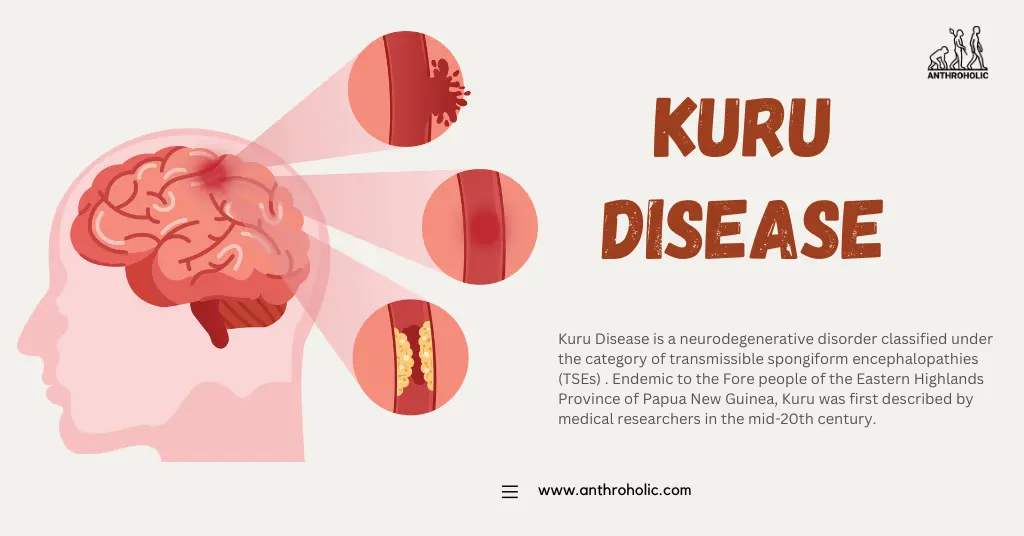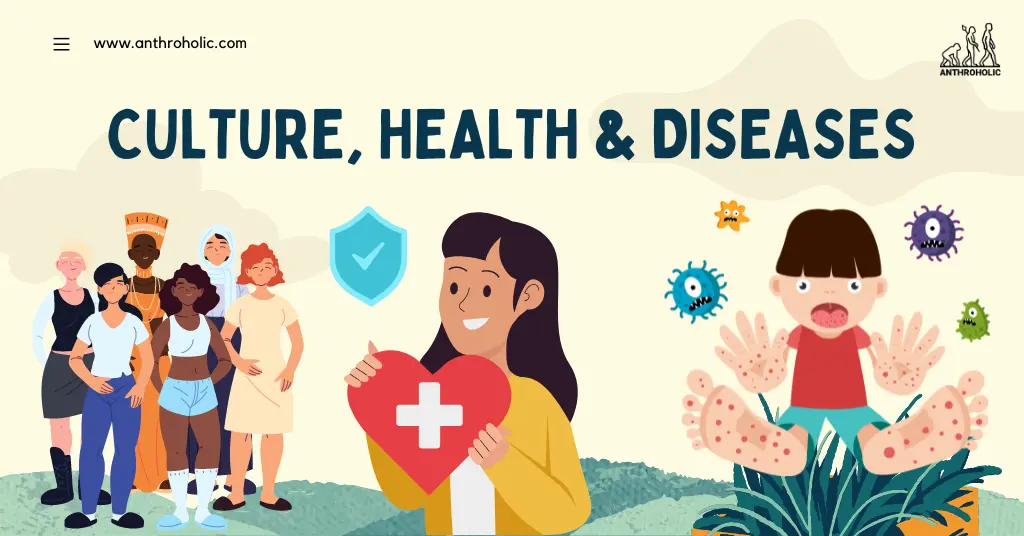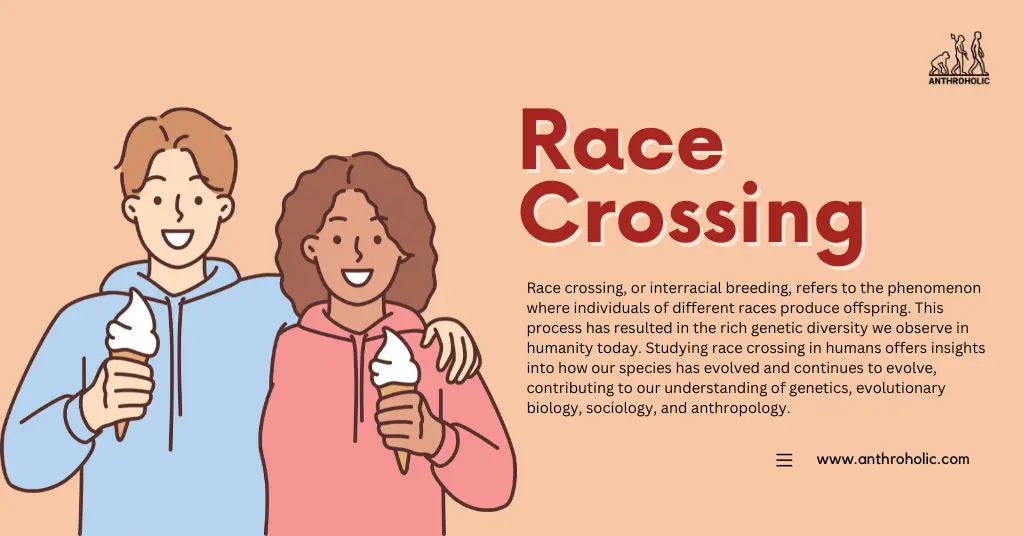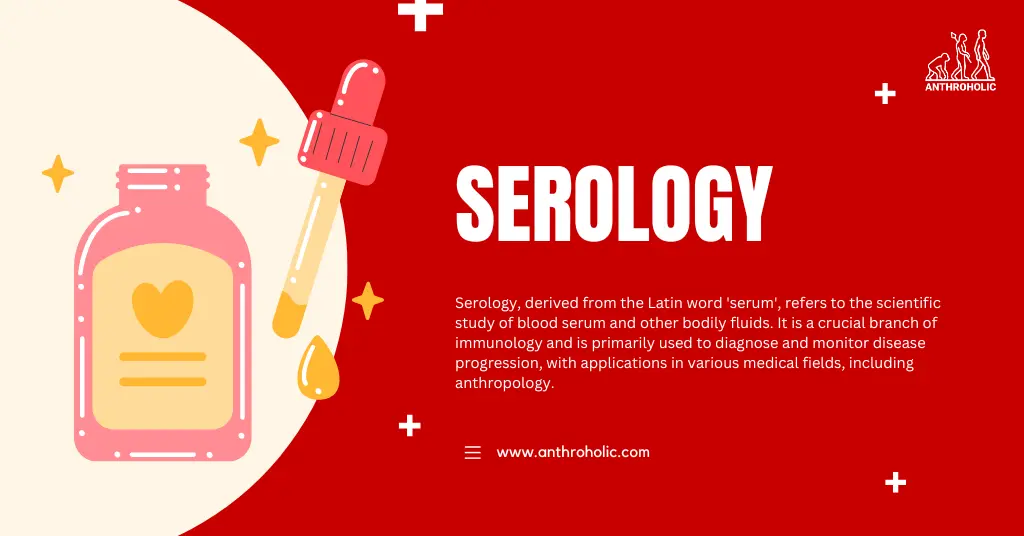AI Answer Evaluation Platform Live Now. Try Free Answer Evaluation Now

Development of Personality: Nature, Nurture, and Culture
The development of personality is a mirror of humanity’s incredible diversity. By learning how we become who we are, we also learn how to better live together.










